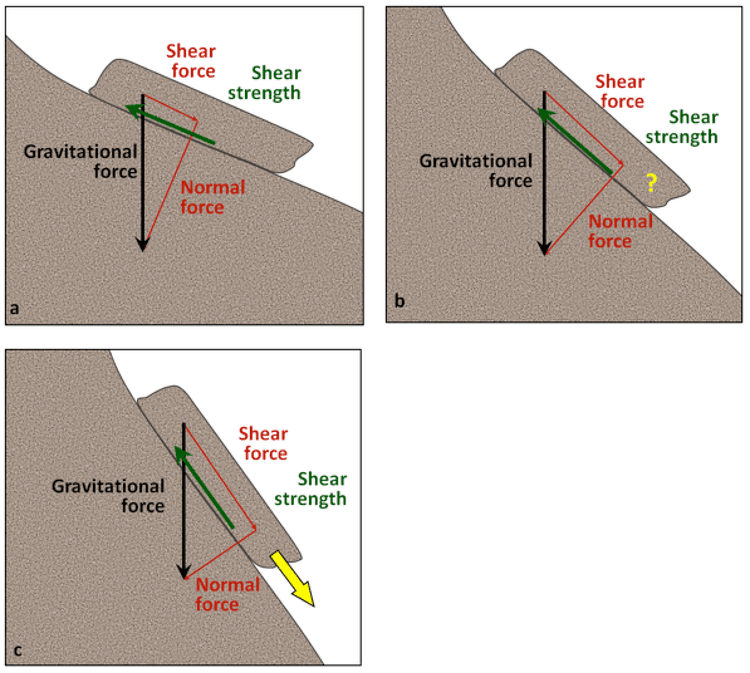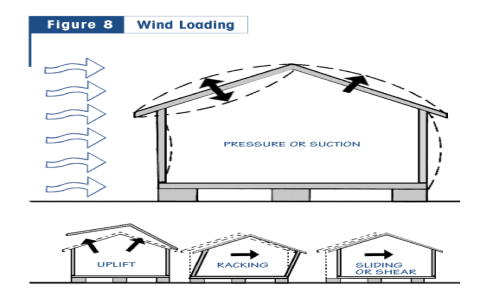So, I had this patch in the yard, right near where the old shed used to be. Always seemed a bit squishy, especially after rain. I got curious about how strong, or weak, that soil actually was, particularly when it was wet – you know, its undrained shear strength. Didn’t want the new bird bath sinking overnight.
Getting Started – Just Looking and Feeling
First thing I did was just grab a shovel and dig down a bit. Not a huge hole, just enough to get a look at the soil profile. It was definitely clayey, dark stuff. Sticky too. I scooped up a handful. When I squeezed it, water didn’t really rush out, but it definitely deformed easily in my hand. Felt pretty soft. That told me something, but not exactly a number, right?

Trying Some Simple Tools
I remembered I had an old pocket penetrometer tucked away in the garage. Found it after rummaging through a box of old gardening tools. Cleaned it up a bit. Took it out to the spot, pushed it into the side of the little pit I dug. Had to push it in fairly quickly, trying to keep it ‘undrained’ like the books say, though who knows how accurate that really is in the field.
Using the Pocket Penetrometer
- Cleaned the tip first.
- Found a relatively flat surface on the side of the hole.
- Pushed it in steadily until I hit the engraved line.
- Read the little scale on the side. Did this a few times in slightly different spots just to see if it varied much.
The readings were kinda low, which matched my hand-squeeze test. Still felt a bit like guesswork, but better than nothing.
Getting a Sample for a Closer Look
I wanted a cleaner sample. So, I grabbed a piece of thin-walled pipe I had lying around, sharpened one end roughly with a file. Pushed that down into the bottom of my little pit to get a more undisturbed chunk of soil. Carefully dug around it and lifted the pipe out. Pushed the soil cylinder out of the pipe using a wooden dowel. Tried to wrap it in plastic wrap quickly to keep the moisture in. It was messy work, soil getting everywhere.
A Makeshift Compression Test?
Now, this part was really just messing around. I don’t have lab gear. I stood the soil cylinder upright on a flat piece of wood on the workbench. Found another flat piece of wood for the top. Then I started carefully stacking some old weights I have onto the top piece of wood. Watched the soil sample bulge and eventually start to shear or crack.
It wasn’t scientific at all. I didn’t measure the deformation precisely or calculate stress accurately. But seeing how little weight it took before it started to fail gave me another piece of the puzzle. It confirmed the soil was pretty weak when wet and loaded quickly.
What I Reckon
So, after all that poking, prodding, and makeshift testing, I felt I had a decent handle on the situation. The ground is definitely soft when saturated. The pocket penetrometer gave me a rough number, the hand feel confirmed it was weak, and my little weight experiment showed it couldn’t take much load quickly. It wasn’t a proper engineering analysis, not by a long shot. But for figuring out if my bird bath was going to take a nosedive? Good enough. I decided to dig out a bit more soil and put down a thicker layer of gravel before placing the bath. Better safe than sorry.



















